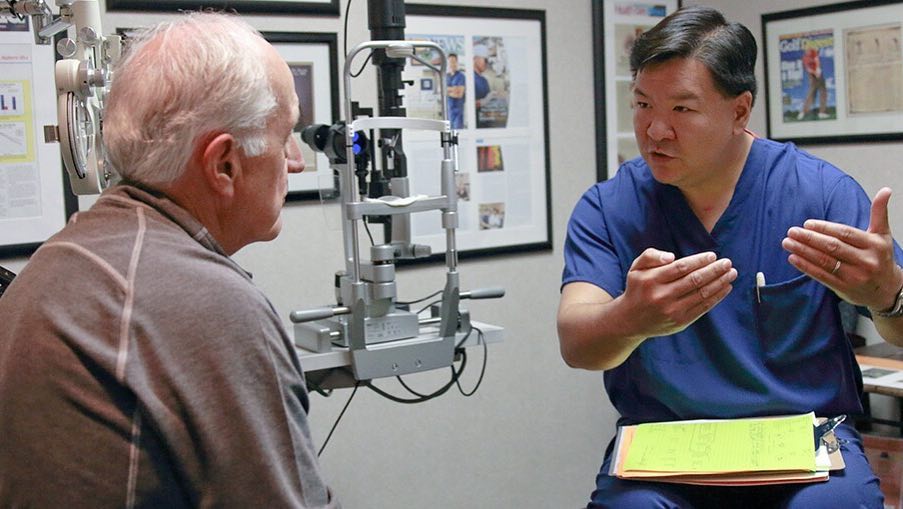What to Expect in a LASIK Surgery - Procedure, Recovery, And Risks
LASIK (laser in-situ keratomileusis) or laser eye surgery is a conventional medical procedure used to address vision in individuals who are partially blind, farsighted, or have astigmatism. All laser vision correction surgery work by reshaping the cornea, the front part of the eye, with the goal that light going through it is appropriately focused onto the retina situated in the back of the eye. In Minneapolis, the LASIK is one of the various diverse careful systems used to reshape the cornea.
How is LASIK medical
procedure performed?
- LASIK laser eye medical procedure requires just topical anesthetic drops and no bandages or stitches are required. All laser eye medical procedures are performed while the patient is alert and leaning back. Toward the beginning of the methodology, the ophthalmologist applies anesthetic drops to numb the eyes and places a lid speculum over each eye to keep them open during the medical procedure.
- In the first place, your LASIK specialist will make an exceptionally small, shallow fold in your cornea with a little careful apparatus called a microkeratome or with a femtosecond laser.
- The specialist at that point creases back the pivoted fold to get to the basic cornea and evacuates some corneal tissue utilizing an excimer laser. Excimer lasers make a cool bright light pillar to remove infinitesimal measures of tissue from the cornea to reshape it so light entering the eye centers all the more precisely around the retina for improved vision.
- For astigmatic individuals, the objective is to straighten the cornea; with farsighted individuals, a more extreme cornea is required. Excimer lasers likewise can address astigmatism by smoothing a sporadic cornea into a progressively typical shape.
- After the laser removal reshapes the cornea, the fold is then laid back set up, covering the area where the corneal tissue was evacuated. The fold seals to the basic cornea during the mending time frame following a medical procedure.
What Are the Potential risks of LASIK Eye Surgery and what is the recovery?
A few patients experience uneasiness in the initial 24 to 48 hours after LASIK eye medical procedure. Opposite reactions, although uncommon, may include:
- Glare
- Seeing halos around pictures
- Trouble driving around evening time
- Fluctuating vision
- Dry eyes

After
the laser eye medical procedure is finished, vision is commonly very hazy, and
patients may feel a slight bothering like the feeling of an eyelash in the eye.
Remedy eye drops that prevent irritation and disease are generally furnished to
help with this.
Clear vision, by and large, restores the evening of the medical procedure or the following day. Laser eye procedure patients should plan to have somebody drive them home from their appointment.
It is critical to
rest after the medical procedure. Recovering is normally quick with
recognizable vision improvement inside a couple of days. Follow-up arrangements
all through the following year are vital to following the recovering procedure
and estimating the remedy changes.
